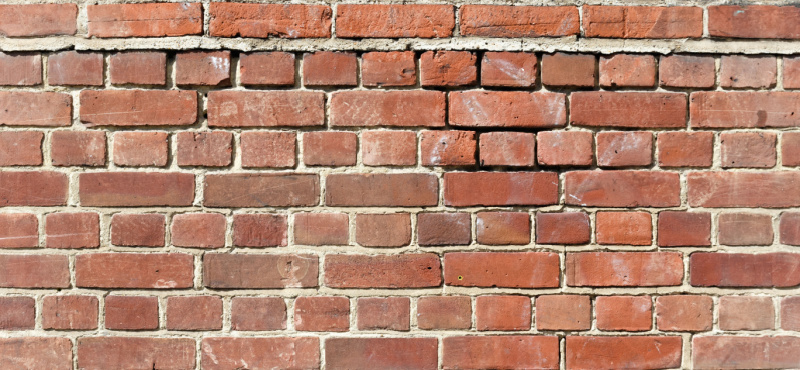Tuckpointing is imperative when it comes to preventing water damage and structural issues in masonry structures. Over time, the mortar joints in brick or stone walls can deteriorate, leading to gaps and cracks that allow water to penetrate the building. This water intrusion can cause significant damage, including the weakening of the structure and the growth of mold and mildew.
Fortunately, with regular tuckpointing, you can safeguard your property against water damage and structural issues caused by deteriorating mortar. In this guide, we will help you understand the underlying risks of damaged mortar while guiding you through the steps required to curb their impact.
What is Tuckpointing?
The term “tuckpointing” originates from the process of tucking or packing mortar into the damaged joints. It is a meticulous process that requires skill and precision to ensure that the new mortar is applied evenly and smoothly, matching the existing masonry’s color and texture. Properly executed tuckpointing not only improves the structural integrity of the masonry but also enhances its aesthetic appeal.
Tuckpointing is a vital element of maintaining brick and stone structures. The process typically involves removing the damaged or deteriorated mortar from the joints and replacing it with fresh mortar. The newly applied mortar is usually of a contrasting color to the bricks or stones, which helps create the illusion of well-maintained, fine joints.
Water Damage and Risks
Toronto experiences significant temperature fluctuations, leading to freeze-thaw cycles during the winter months. This cycle can exacerbate water damage, as moisture in masonry can freeze and expand, leading to cracks and further deterioration. Heavy rainfall combined with snowmelt can lead to increased water penetration, especially if the masonry has weakened mortar joints. Effective tuckpointing is crucial to prevent water from seeping into the building and causing damage.
To mitigate these risks in Toronto, it is essential to work with experienced professionals, such as those at Turnbull Masonry, who have knowledge of local building practices and climate considerations. We use high-quality materials that can withstand Toronto’s weather conditions and provide effective waterproofing solutions tailored to the specific climate.
Expert Tips to Avoid Water Damage
- Regular Inspection: One of the most important steps is to ensure regular inspections of the building’s exterior to identify any signs of mortar deterioration, such as cracks, gaps, or crumbling mortar. This will allow you to promptly address any identified issues immediately to prevent further deterioration. Delaying repairs can exacerbate the problem and lead to more extensive water damage.
- Waterproofing: Consider applying a waterproof sealant to the masonry surface after tuckpointing. This additional layer of protection can further prevent water penetration and increase the longevity of the repairs.
- Proper Drainage: Ensure that the building has proper drainage systems, including gutters, downspouts, and grading, to direct water away from the structure. Proper drainage can significantly reduce the amount of water that comes into contact with the masonry.
- Landscaping Considerations: Maintain landscaping around the building to prevent excess moisture buildup near the foundation. Avoid planting shrubs or trees too close to the building, as their roots can potentially damage the foundation and allow water to seep into the structure.
Professional Masons in Toronto, Canada
As you can see, tuckpointing is a vital maintenance practice for preserving the structural integrity and visual appeal of masonry buildings in Toronto. Given the region’s unique climate challenges and the risks posed by water damage, investing in professional tuckpointing services is essential to safeguarding your property from potentially costly repairs and structural issues. By partnering with Turnbull Masonry, you can ensure the longevity and durability of your building. Don’t wait for water damage to take its toll; reach out to our expert team today!

